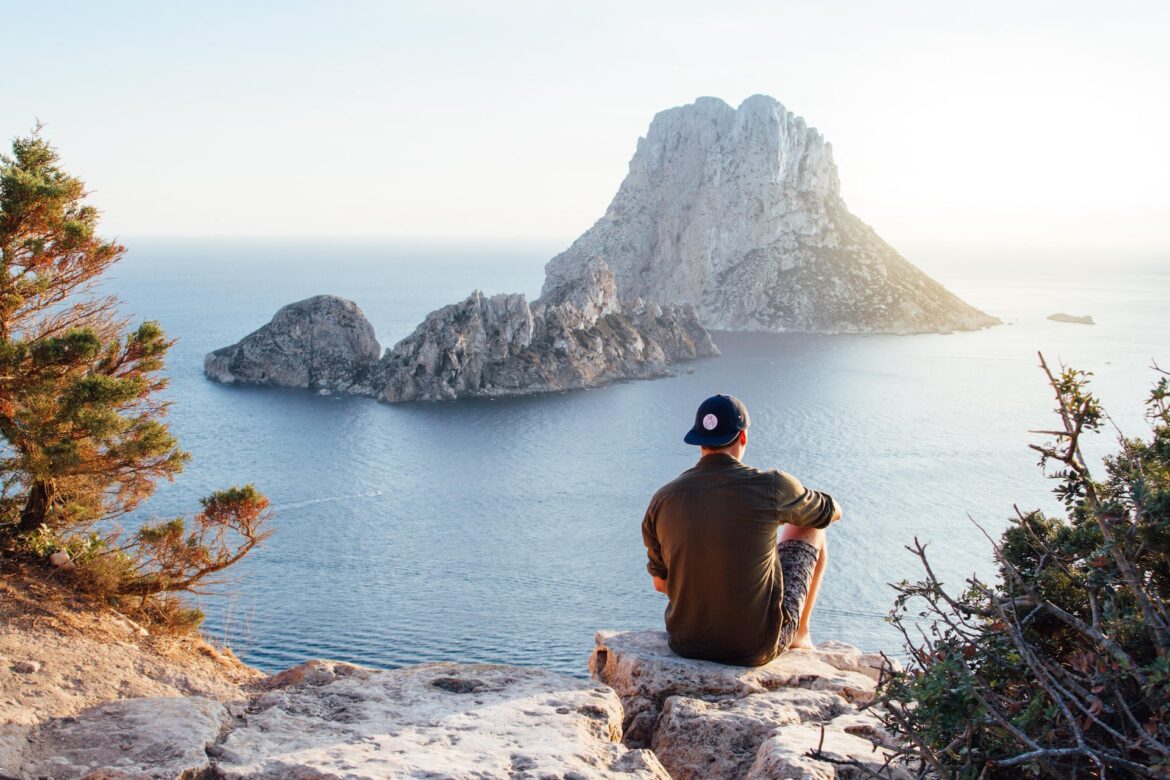In today’s fast-paced world, stress has become an inevitable part of daily life for many people. From work pressures to personal responsibilities, the demands of modern living can often leave us feeling overwhelmed, anxious, and exhausted. Fortunately, mindfulness practices offer powerful tools for managing stress and promoting relaxation, allowing us to cultivate a sense of calm and balance amidst life’s challenges. In this article, we’ll explore a variety of mindfulness techniques that can help calm the mind and body, reducing stress and promoting overall well-being.
What is Mindfulness?
Mindfulness is the practice of paying deliberate attention to the present moment with openness, curiosity, and acceptance. It involves bringing awareness to our thoughts, feelings, sensations, and surroundings without judgment, allowing us to cultivate a deeper sense of presence and clarity in our lives. Mindfulness practices originate from ancient contemplative traditions such as Buddhism but have gained widespread popularity in recent years due to their proven effectiveness in reducing stress and improving overall mental and physical health.
Mindfulness Practices for Stress Relief
- Deep Breathing: Deep breathing exercises are a simple yet powerful way to calm the nervous system and reduce stress. Take slow, deep breaths in through your nose, allowing your abdomen to expand fully, then exhale slowly through your mouth, letting go of tension with each breath.
- Body Scan Meditation: Body scan meditation involves systematically bringing awareness to different parts of the body, noticing any sensations or areas of tension, and consciously releasing tension and relaxing each muscle group as you go.
- Mindful Walking: Take a break from your busy day and go for a mindful walk in nature. Pay attention to the sensations of your feet touching the ground, the sights and sounds around you, and the rhythm of your breath as you walk, allowing yourself to fully immerse in the present moment.
- Guided Visualization: Guided visualization exercises involve imagining yourself in a peaceful and serene environment, such as a beach or forest, and engaging all your senses to create a vivid mental image that promotes relaxation and stress relief.
- Mindful Eating: Practice mindful eating by slowing down and savoring each bite of your meal, paying attention to the flavors, textures, and sensations of eating without distractions. Notice how your body responds to the food, and cultivate gratitude for the nourishment it provides.
- Mindful Movement: Engage in gentle movement practices such as yoga, tai chi, or qigong, which combine mindful awareness with physical movement to promote relaxation, flexibility, and balance in the body and mind.
Incorporating Mindfulness into Daily Life
In addition to these specific practices, there are many ways to incorporate mindfulness into your daily life to manage stress and promote well-being:
- Set aside time for daily meditation or mindfulness practice, even if it’s just a few minutes each day.
- Take regular breaks throughout the day to pause, breathe, and check in with yourself.
- Practice gratitude by reflecting on the things you’re grateful for each day, no matter how small.
- Limit exposure to stressful stimuli such as news, social media, or negative environments, and prioritize activities that bring you joy and relaxation.
Conclusion
In conclusion, mindfulness practices offer effective and accessible tools for managing stress and promoting relaxation in our daily lives. By cultivating present moment awareness and adopting mindfulness techniques such as deep breathing, body scan meditation, mindful walking, and guided visualization, we can calm the mind and body, reduce stress, and promote overall well-being. As we incorporate mindfulness into our daily routines and prioritize self-care and relaxation, we can navigate life’s challenges with greater ease, resilience, and inner peace.
Keywords: Stress relief, mindfulness practices, relaxation techniques, mindfulness meditation, deep breathing, body scan meditation, mindful walking, guided visualization.



